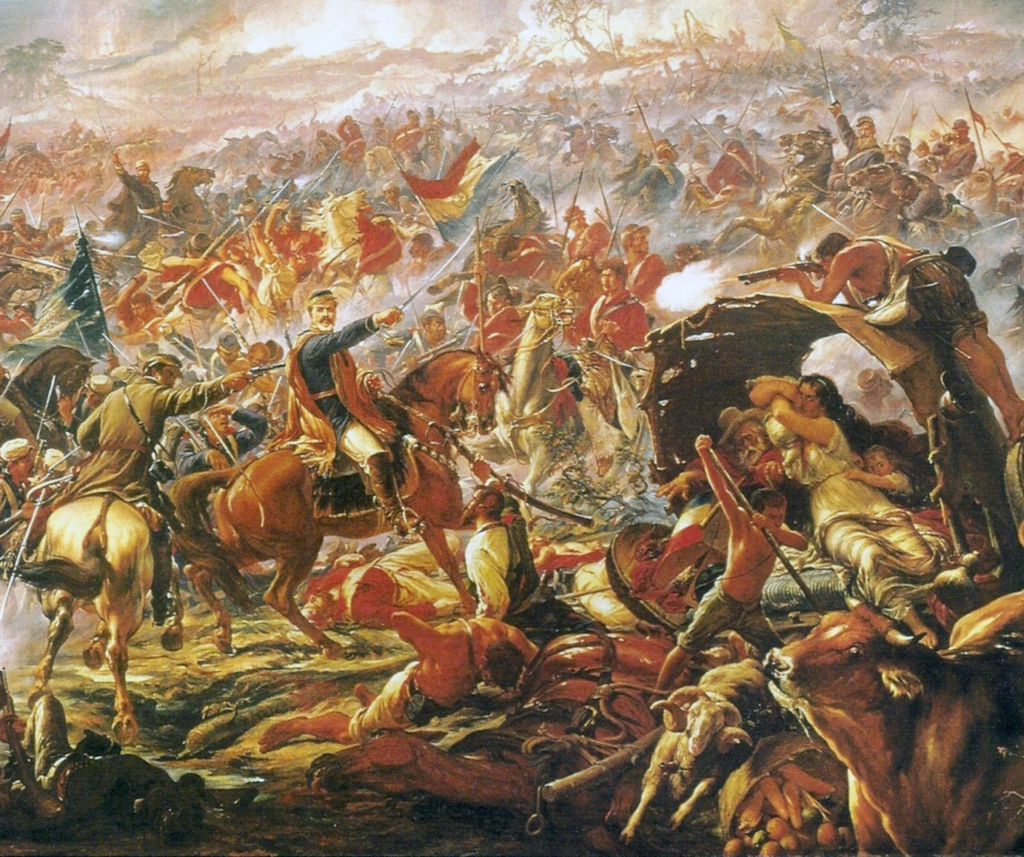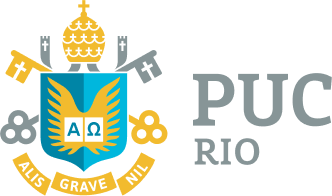Statue of General Osório
Among the many buildings and historical monuments of Largo do Paço (The Palace Square), there is an 8-metre tall equestrian statue in honour of the military figure, General Osório, who was one of the most popular leaders in the Army, between the second half of the 19th century and the mid-20th century.

Born in Rio Grande do Sul in 1808, Manoel Luís Osório was raised on his maternal grandparents’ land. He did not attend formal school and began his military career in 1823, just before turning 15. He joined the Army as a soldier and rose to the highest rank. He gained national prominence through his involvement in the controversial Paraguayan War (1864-1870).
Admired not only for his performance on the battlefield, which at times bordered on reckless, as he engaged in hand-to-hand combat with enemies on the front lines, but also for his demeanour towards comrades and subordinates. He was perceived as an amiable, courageous man who was beloved by the soldiers. In a way, he subverted the hierarchy of the Army by speaking on equal terms with lower-ranking military personnel and teaching by example.

Among all the conflicts of the Paraguayan War in which Osório participated, notable moments include the Battle of Tuiuti (May 1866), one of the largest battles in South America, where his actions were crucial in repelling the Paraguayan attack, and the Battle of Avay (December/1868), where Brazilian troops emerged victorious, but a rifle shot completely destroyed his jaw.

After he was injured at the Battle of Avay, the General sought treatment in Rio Grande do Sul. However, a few months after the incident, he had to respond to a request from the Count of Eu, Princess Isabel’s husband, who summoned him to assume command of the troops in place of Caxias. Osório was called upon as a sort of advisor to assist the inexperienced commander, and in mid-May 1869, still very weakened, he headed to Paraguay. There, he not only acted as advisor to the Count of Eu but also returned to the battlefield.
Manoel Luís Osório was also involved in political debate and was a member of the Liberal Party. He led the organisation in Rio Grande do Sul in the late 1860s when he already held the rank of Army general.

His political involvement elevated him to the position of Minister of War in 1878, a position he held until his death in October 1879 at the age of 71 when he succumbed to pneumonia. The General was so popular that, in the year of his death, the idea of erecting a statue in his honour arose. In 1887, the monument was commissioned to Rodolfo Bernardelli and in 1894 the equestrian statue was inaugurated in Praça XV square, in a grand ceremony that was part of the celebrations for the fifth anniversary of the Proclamation of the Republic. Around forty thousand people attended.

The statue was crafted from bronze from cannons captured in the Paraguayan War and depicts Osório on horseback, with a drawn sword, seemingly ready to give the order to attack. At the base of the granite monument, there are bas-reliefs representing the Passo da Pátria (Paraguayan camp) and the Battle of Tuiuti. There is also an oak wreath with the inscription “A Osorio — O Povo” (To Osorio — The People), along with his date of birth.

At the time of the establishment of the Republic, Osório became one of the symbols of the new regime because of his political stance which was aligned with the principles of the Liberal Party. He advocated for the decentralisation of power and greater participation by the people in political debates.
He was so popular that before Soldier’s Day was created on 25 August 25 1925, military personnel used to gather on May 24 (the day of the Battle of Tuiuti) to celebrate the Army — always in front of the statue of Osório.
This prestige began to diminish in the 1960s when Duque de Caxias was elevated to the position of Patron of the Army on 13 March 1962. On the same date, Osório was placed at a lower position in the military pantheon, being officially designated the Patron of the Cavalry.
Reference:
DORATIOTO, Francisco. General Osorio: a espada liberal do Império.



















